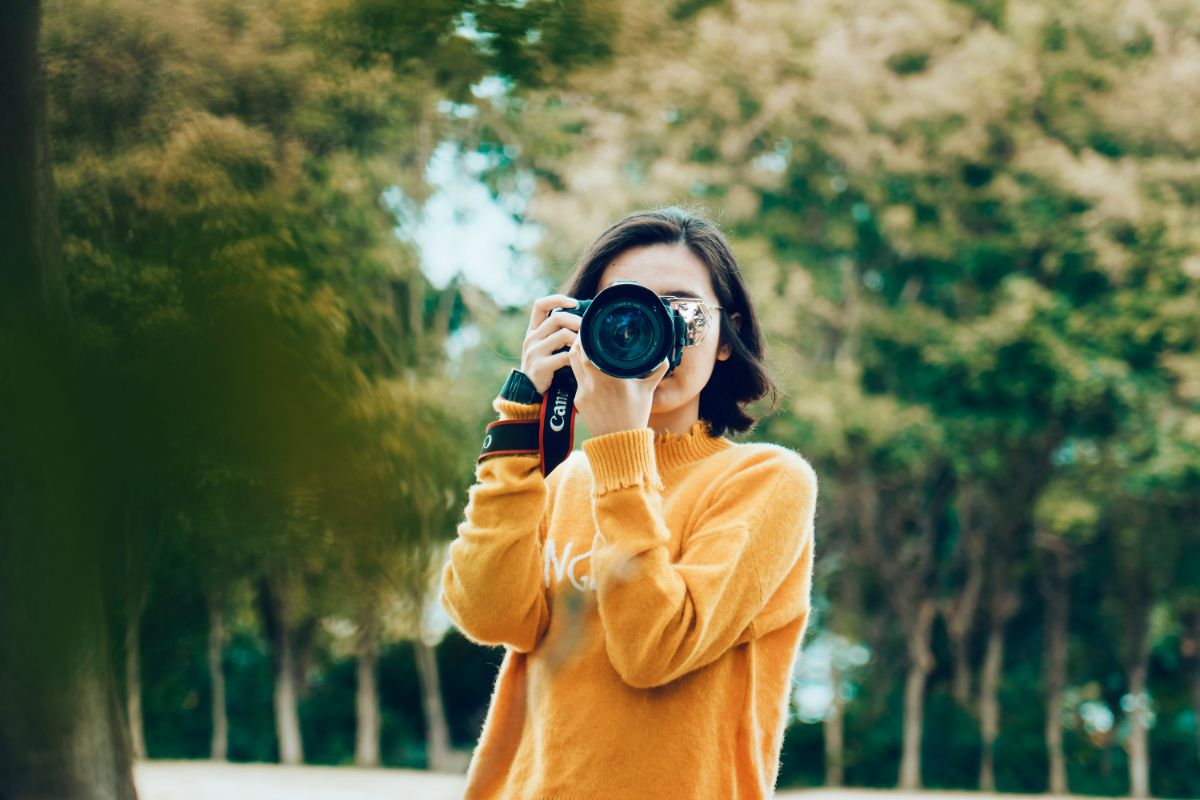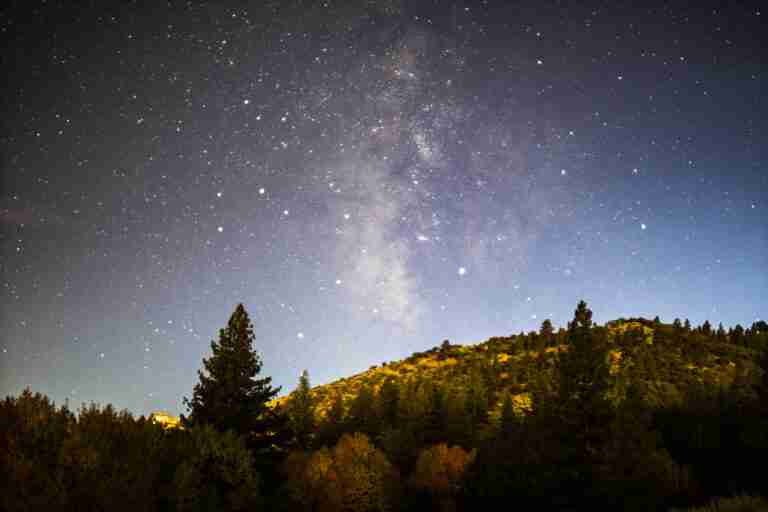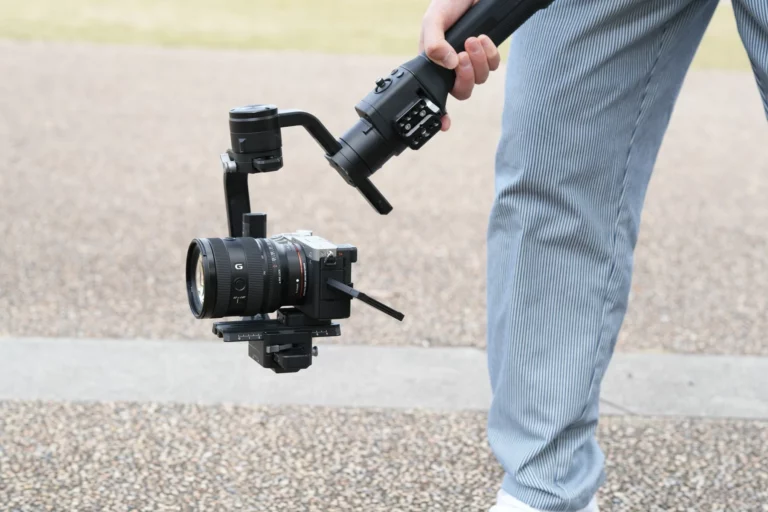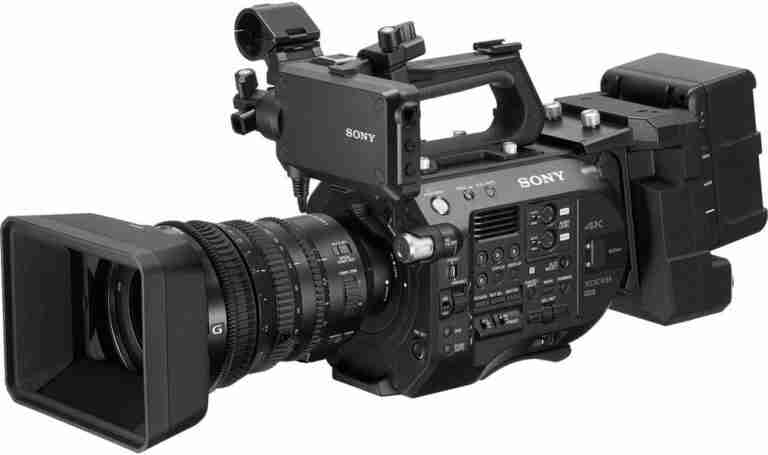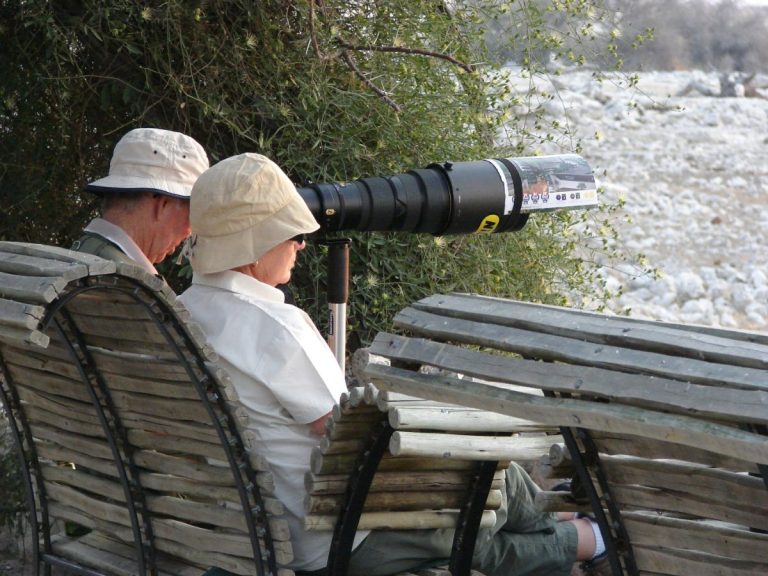Best Lenses For Sony A7S III In 2024
Searching for the ideal lens for your Sony A7S III?
This camera is a beast, both for snapping those crisp stills and recording eye-popping video.
With a powerhouse like the A7S III, you’ll want to pair it with a lens that really brings out its best.
So, to give you a hand, I’ve rounded up a list of my top picks perfect for your camera.
Here’s a quick overview at a glance of the best Lenses for Sony A7S III:
- Sony FE 24-70mm f/2.8 GM II – Best Overall
- Sony FE 50mm f/1.8 – Best Budget Option
- Sony FE 24-105mm f/4 G OSS – Best For Beginners
- Sony FE 70-200mm f/2.8 GM OSS II – Best Telephoto
- Sony FE 12-24mm f/2.8 GM – Best Wide Angle
Choosing the right lens can feel a bit like picking a favorite song—there are so many good ones, and it really depends on the mood (or in this case, the shoot).
Each lens has its own character and strengths, from capturing expansive landscapes with a wide angle to zooming in on the furthest details with a telephoto.
As we dive deeper, I’ll break down the specs and features of each recommended lens, giving you the insights needed to make an informed decision.
Whether you’re just starting out or you’re on the hunt for that next great lens to add to your bag, this guide is designed to help you match with your perfect photographic partner. Let’s zoom in on what makes each option a contender for your camera setup.
Contents
- How To Tell Which Lens You Need
- Top 5 Sony A7S III Lenses – Ranked
- 1. Sony FE 24-70mm f/2.8 GM II – Best Overall
- 2. Sony FE 50mm f/1.8 – Best Budget Option
- 3. Sony FE 24-105mm f/4 G OSS – Best For Beginners
- 4. Sony FE 70-200mm f/2.8 GM OSS II – Best Telephoto
- 5. Sony FE 12-24mm f/2.8 GM – Best Wide Angle
- FAQs
- My Final Thoughts
How To Tell Which Lens You Need
There are a ton of different factors to consider when buying a new camera lens.
Thankfully for you, this isn’t a college course so I’m going to walk through some key options with a vibe that’s less textbook and more “grab your camera, we’re going on an adventure.”
Imagine you’re aiming to capture the essence of a skateboarder in mid-air, sunlight casting the perfect glow – that’s portrait photography for you. It’s not just about snapping a picture; it’s about freezing a story in time, like making time stand still while everything else moves.
Now, let’s break down the types of gear that’ll help you tell that story, shall we?
- Focal Length: Think of this as the lens’s viewpoint. Short focal lengths (wide-angle, less than 35mm) are like stepping back to take it all in, great for landscapes or that skatepark scene. Longer focal lengths (telephoto, over 70mm) zoom in on the action, perfect for making that skateboarder the star of the show, without getting knocked out by a flying board.
- Aperture: This is all about the lens’s eye opening. Wide apertures (small f-number, like f/1.8) let in a lot of light, giving you that creamy background blur (bokeh) that makes your subject pop, ideal for portraits. Narrow apertures (large f-number, like f/16) keep everything sharp, from the dandelion in the foreground to the mountains yonder, great for landscapes.
- Prime vs. Zoom: Prime lenses have a fixed focal length; they’re the specialists, delivering crisp images and excelling in low light. Perfect for those deliberate, artful shots of your friend’s intricate tattoo. Zoom lenses cover a range of focal lengths, offering versatility. Ideal for travel, when you need to catch that sudden street performance without changing lenses.
- Sensor Size: The camera’s sensor size influences your lens choice. Larger sensors (full-frame) offer better image quality and perform well in low light, making them a go-to for professional portrait shoots under the stars. Smaller sensors (crop) multiply the lens’s effective focal length, turning a standard lens into a zoom lens, great for getting closer to that elusive bird without scaring it off.
- Image Stabilization: This is your lens’s built-in steady hand. It helps keep your shots sharp in shaky situations, like capturing the hustle of a crowded market or the serene stillness of a butterfly on a windy day. Essential for shooting in low light or at long focal lengths without a tripod.
Each of these elements plays a key role in the orchestra that is photography. By understanding and combining them, you’re not just taking photos; you’re crafting stories, capturing moments, and, let’s be honest, showing off a bit.
So, grab your gear, and let’s see what tales you’ll tell.
Top 5 Sony A7S III Lenses – Ranked
Diving into the world of Sony A7S III lenses feels a bit like stepping into a candy store—overwhelming, exciting, and with a promise of satisfaction at every turn.
We’re about to cut through the noise and lay out the top 5 lenses that not only meet the mark but absolutely obliterate it.
Whether you’re a pro photographer or a passionate enthusiast, these picks are about to elevate your A7S III experience from great to mind-blowingly epic.
1. Sony FE 24-70mm f/2.8 GM II – Best Overall
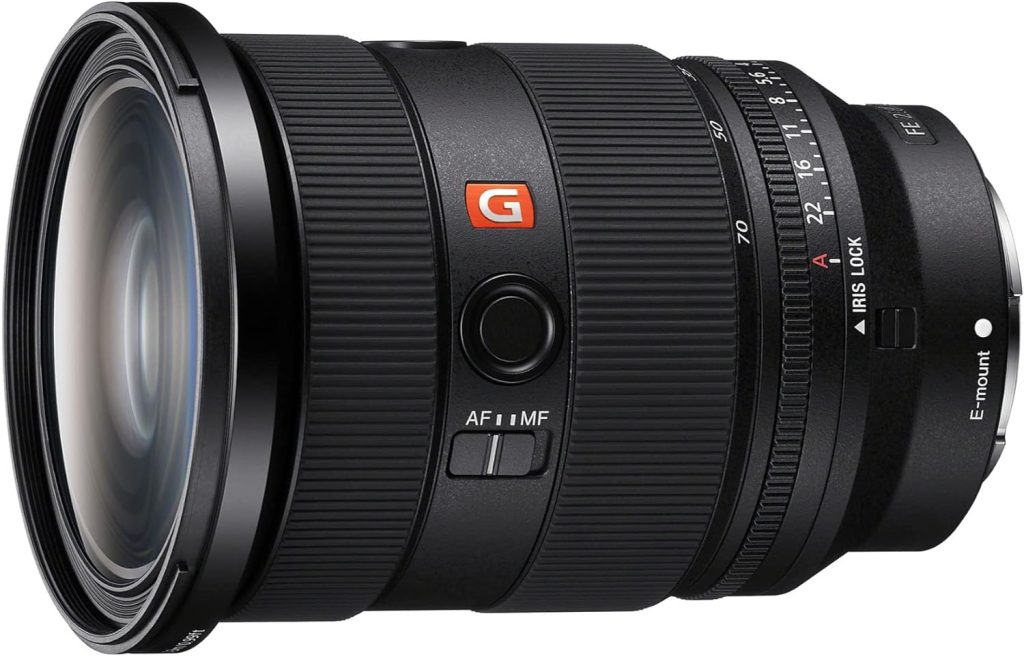
Strap in, because the Sony lens we’re diving into is not just another piece of glass—it’s a versatile beast, ready to tackle anything from sweeping landscapes to intimate portraits, all with the finesse of a G Master. With its f/2.8 aperture, you’re looking at outstanding low-light chops and that deliciously shallow depth of field that’ll make your subjects pop. And let’s not forget, this lens isn’t just about stunning image quality; its autofocus is quicker than a New York minute, ensuring you never miss a beat, whether you’re capturing the hustle of the city or the tranquility of the great outdoors.
Unique Features:
- Versatile zoom range suitable for various shooting situations (landscapes, portraits, everyday shots).
- Fast constant aperture of f/2.8 for excellent low-light performance and shallow depth-of-field.
- G Master design with advanced optics for exceptional image quality and minimal distortion.
- XD linear motors for lightning-fast and accurate autofocus performance.
- Weather-sealed design for shooting in challenging outdoor conditions.
The Good Stuff:
- Excellent image quality throughout the zoom range.
- Great low-light performance with the f/2.8 aperture.
- Fast and precise autofocus ideal for both photos and videos.
- Durable build quality for professional use.
- Well-balanced on the Sony A7S III camera body.
The “Meh” Parts:
- Larger and heavier compared to some prime lenses.
- Expensive due to its premium G Master designation.
- No built-in image stabilization (requires camera body stabilization).
Overall Score: 45/50
- Focal Length (10): Versatile zoom range.
- Aperture (10): Wide aperture for low-light and bokeh.
- Prime vs Zoom (5): Zoom lens.
- Sensor Size (5): Full frame E-mount lens.
- Image Stabilization (0): No built-in IS.
2. Sony FE 50mm f/1.8 – Best Budget Option
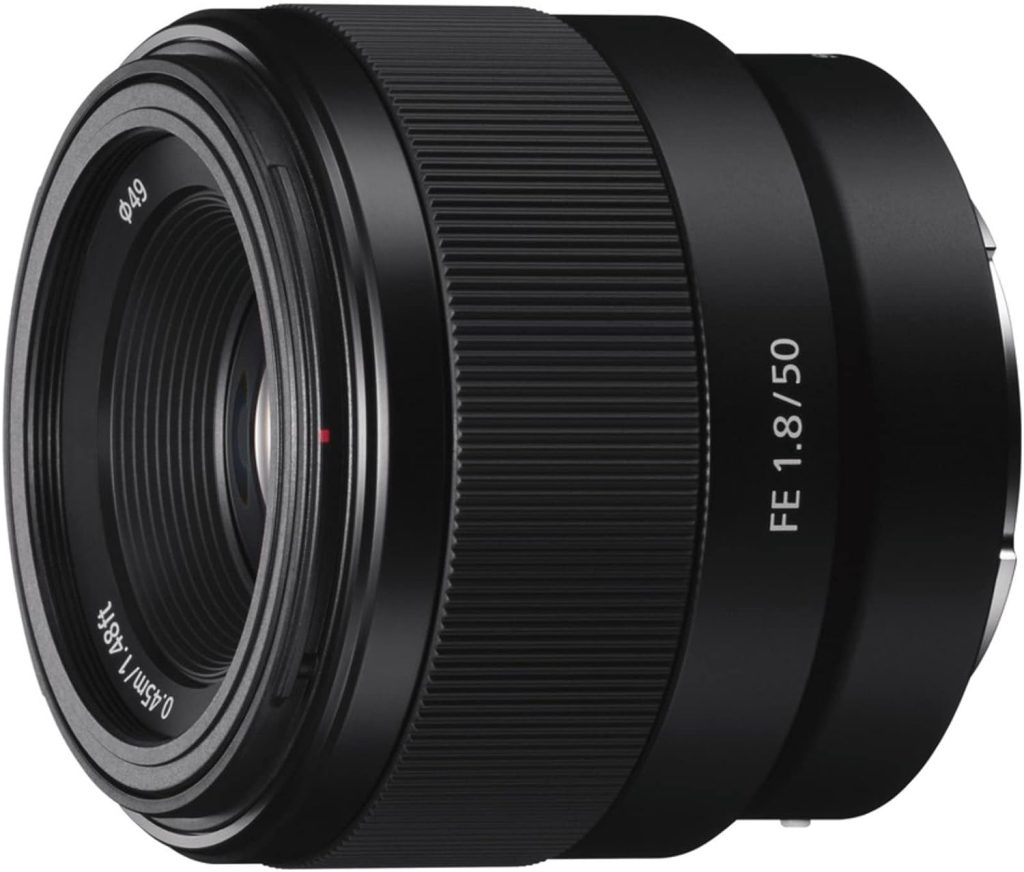
Ah, the Sony FE 50mm f/1.8 – it’s like finding a dollar slice in the world of Sony lenses for the A7S III: supremely satisfying, especially when your wallet’s feeling light. This lens punches way above its weight class with sharp images and a fast aperture, ready to elevate your low-light photography game without the bulk. While it might skimp on frills like image stabilization and a premium build, its performance-to-price ratio is a sweet spot you can’t ignore.
Unique Features:
- Very affordable prime lens, one of the cheapest Sony options for the A7S III.
- Compact and lightweight design for easy carrying and handling.
- Large f/1.8 maximum aperture for excellent low-light performance and background blur (bokeh).
- Simple design with minimal controls, ideal for beginners.
- Native Sony lens for guaranteed full compatibility with autofocus and communication on the A7S III.
The Good Stuff:
- Highly affordable, making it a great entry point into Sony lenses.
- Sharp image quality, especially considering the price.
- Fast aperture allows for beautiful bokeh effects and low-light shooting.
- Lightweight and compact for comfortable use during long shoots.
- Easy to use with minimal focus controls.
The “Meh” Parts:
- Prime lens with a fixed 50mm focal length (around 80mm on APS-C cameras), limiting framing flexibility.
- No built-in image stabilization, which can be a challenge in low-light or with slower shutter speeds.
- Plastic lens construction feels less premium compared to some Sony lenses.
- Autofocus can be slower compared to some high-end Sony lenses.
Overall Score: 35/50
- Focal Length (5): Fixed 50mm prime (good for portraits, may limit framing in other situations).
- Aperture (10): Wide aperture for low-light and bokeh.
- Prime vs Zoom (1): Prime lens (less versatile).
- Sensor Size (5): Full frame E-mount lens.
- Image Stabilization (0): No built-in IS.
3. Sony FE 24-105mm f/4 G OSS – Best For Beginners
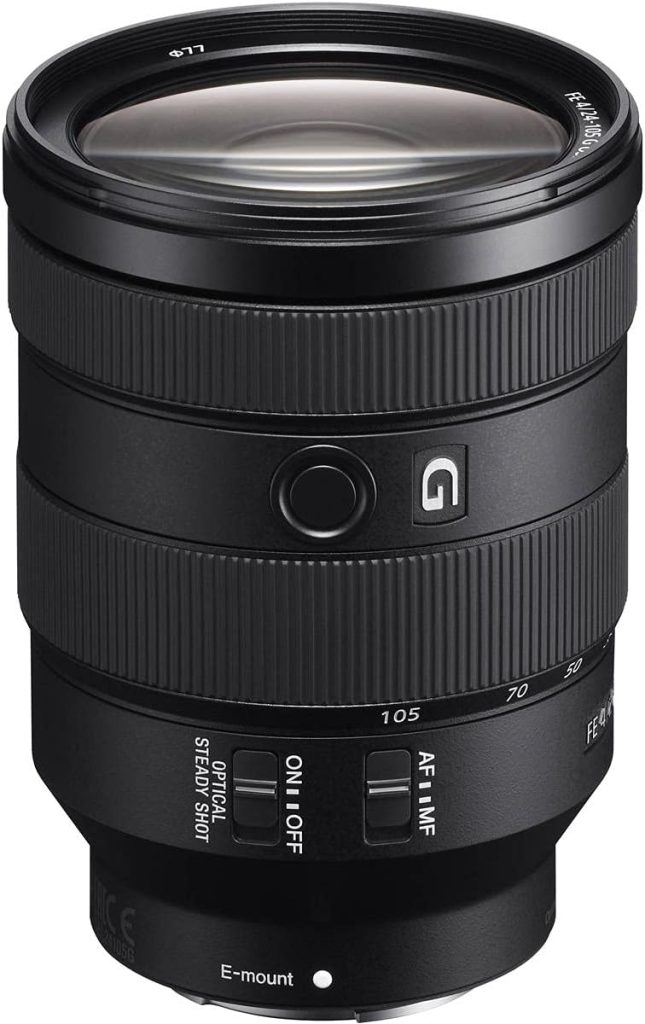
Let me introduce you to a game-changer for beginners, the Sony FE 24-105mm f/4 G OSS lens. It’s the Swiss Army knife of lenses—versatile zoom range for capturing everything from sweeping landscapes to intimate portraits, built-in stabilization for those less-than-steady hands, and all wrapped up in a package that’s compact and won’t break the bank. Now, let’s zoom into the specs that make this lens a standout choice for your photography adventures.
Unique Features:
- Versatile zoom range covering wide-angle to short-telephoto for various shooting scenarios (landscapes, portraits, everyday moments).
- Constant f/4 aperture throughout the zoom range for good low-light performance and consistent exposure control.
- Built-in Optical SteadyShot (OSS) image stabilization for sharper handheld shots at slower shutter speeds.
- G lens design with advanced optics for good image quality with minimal aberrations.
- Relatively compact and lightweight compared to some Sony zoom lenses.
The Good Stuff:
- Well-suited for various photography styles due to the versatile zoom range.
- Good image quality throughout the zoom range.
- Built-in image stabilization helps in low-light or with shaky hands.
- Constant aperture simplifies exposure settings while zooming.
- Relatively affordable and compact, making it a good value for the price.
The “Meh” Parts:
- Slower f/4 aperture compared to some high-end lenses, limiting low-light performance and background blur.
- Autofocus might not be as fast as some pricier Sony lenses.
- Image quality might not be as exceptional as some prime lenses or high-end zooms.
Overall Score: 40/50
- Focal Length (8): Versatile zoom range (good for various situations).
- Aperture (7): Good aperture for most situations, but not the best for low-light.
- Prime vs Zoom (5): Zoom lens (good versatility).
- Sensor Size (5): Full frame E-mount lens.
- Image Stabilization (5): Built-in image stabilization.
4. Sony FE 70-200mm f/2.8 GM OSS II – Best Telephoto

Let’s rev things up a bit with the Sony FE 70-200mm f/2.8 GM OSS II – a marvel in the telephoto lens lineup that’s like a sports car for your Sony A7S III. Imagine holding a lens that not only gives you stunningly sharp images across the board but also lets you capture the action as if you’re right there, thanks to its lightning-fast autofocus and built-in image stabilization. This lens is your ticket to phenomenal photography, from captivating wildlife shots to thrilling sports moments, all while keeping things surprisingly light.
Unique Features:
- Extremely lightweight telephoto zoom lens with a large f/2.8 aperture for a full-frame camera.
- Excellent image quality throughout the zoom range and at all focusing distances.
- Advanced optical design with XA (extreme aspherical) element for minimal aberration.
- Fast and precise autofocus with XD linear motors for accurate tracking of fast-moving subjects.
- Built-in image stabilization for sharper handheld shots at slower shutter speeds.
The Good Stuff:
- Outstanding image quality with exceptional sharpness and beautiful bokeh.
- Fast autofocus performance ideal for sports and action photography.
- Excellent low-light performance due to the constant f/2.8 aperture.
- Built-in image stabilization helps reduce camera shake.
- Relatively lightweight compared to other fast telephoto zoom lenses for full frame.
The “Meh” Parts:
- Expensive due to its premium G Master designation and high-performance optics.
- Minimum focus distance of 1.32 ft (0.4 meters) limits close-up capabilities.
- May experience some vignetting at wider aperture settings.
- Larger and heavier than some other Sony FE lenses.
Overall Score: 47/50
- Focal Length (8): Good zoom range for telephoto applications (portraits, sports, wildlife).
- Aperture (10): Wide aperture for low-light and bokeh.
- Prime vs Zoom (5): Zoom lens (good versatility for telephoto range).
- Sensor Size (5): Full frame E-mount lens.
- Image Stabilization (5): Built-in image stabilization.
5. Sony FE 12-24mm f/2.8 GM – Best Wide Angle
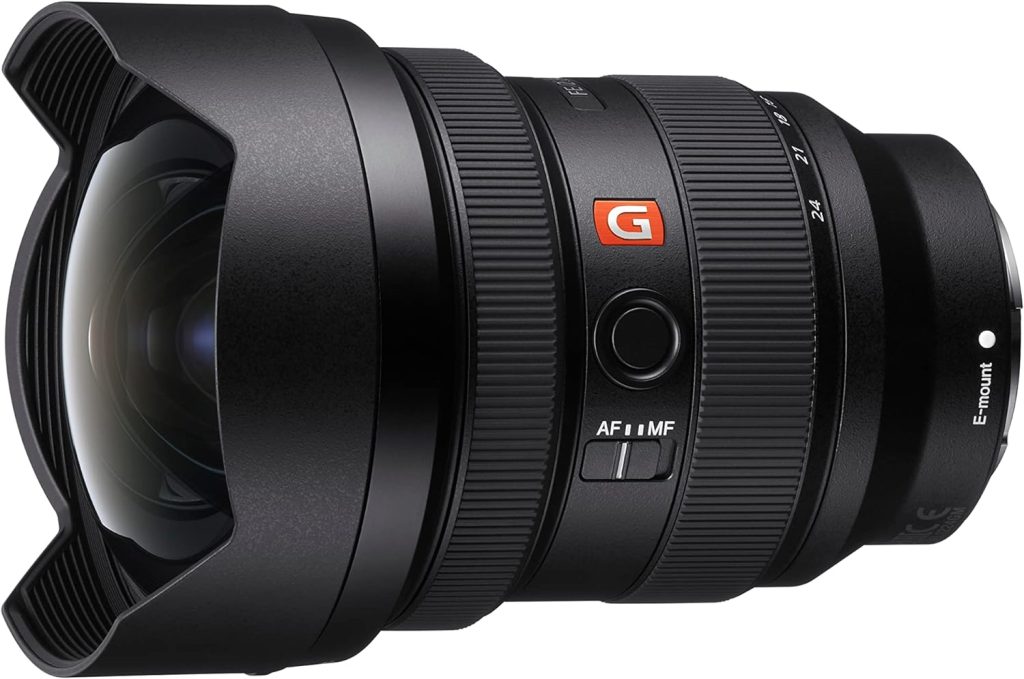
Dive into the grandeur of landscapes and the vast night sky with the Sony FE 12-24mm f/2.8 GM, an ultra-wide masterpiece that’s pushing the boundaries of what your Sony A7S III can capture. Picture yourself effortlessly snapping cityscapes and stars with unmatched clarity and minimal distortion, thanks to its groundbreaking wide aperture and G Master precision. This lens isn’t just about embracing the bigger picture; it’s about bringing it home with you, minus the bulk, despite being a bit on the hefty side.
Unique Features:
- World’s widest full-frame constant f/2.8 aperture zoom lens at 12-24mm focal length.
- Exceptional G Master resolution with XA (extreme aspherical) elements for minimized aberrations and sharp images.
- Nano AR Coating II for reduced flare and ghosting, especially beneficial for wide-angle photography.
- Fast and precise autofocus driven by XD linear motors for accurate subject tracking.
- Weather-sealed design for reliable use in challenging outdoor environments.
The Good Stuff:
- Ultra-wide zoom range captures expansive landscapes, architecture, and astrophotography scenes.
- Excellent image quality throughout the zoom range with minimal distortion.
- Fast f/2.8 aperture allows for low-light shooting and beautiful bokeh effects.
- Well-suited for astrophotography due to the wide aperture and minimal coma.
- Fast and reliable autofocus performance for both photos and videos.
The “Meh” Parts:
- Expensive due to its premium G Master designation and complex wide-angle optical design.
- Large and heavy lens, making it less ideal for travel or everyday carry.
- No built-in image stabilization (requires camera body stabilization).
- Doesn’t support front filters due to the bulbous front element.
Overall Score: 42/50
- Focal Length (10): Exceptional ultra-wide zoom range for capturing vast scenes.
- Aperture (10): Wide aperture for low-light and creative control.
- Prime vs Zoom (5): Zoom lens (great versatility for wide-angle needs).
- Sensor Size (5): Full frame E-mount lens.
- Image Stabilization (0): No built-in IS.
FAQs
What is the best picture profile for Sony A7S III?
For the Sony A7S III, S-Log3 reigns supreme for dynamic range, letting you squeeze every bit of detail from your shadows to your highlights. It’s like giving your visuals a gym pass for flexibility in post-production.
Is Sony A7S III a cinema camera?
While the Sony A7S III might flirt with the cinema camera label thanks to its stellar low-light performance and 4K 120fps capabilities, it’s technically a mirrorless beast at heart. Think of it as a chameleon, adept both on the streets and in the studio.
What is the difference between A7S III and A7 III photography?
The A7S III is the low-light champion with its focus on video performance, whereas the A7 III is more of an all-rounder, offering a balanced plate of photography and videography. It’s like choosing between a ninja and a Swiss Army knife.
Are Sony lenses better than Tamron?
Sony lenses often have the edge in terms of autofocus performance and optical quality, but Tamron brings the heat with great value and impressive sharpness. It’s like comparing gourmet coffee to a high-quality brew at your local café – both have their place.
Do professional photographers use Sony A7 III?
Absolutely, the Sony A7 III is a staple in many professional photographers’ bags, praised for its versatility and image quality. It’s like the reliable friend who always shows up and never lets you down.
My Final Thoughts
Picking the right lens for your Sony A7S III isn’t just about specs; it’s about what you’re planning to capture through that lens. Each option listed here isn’t just a piece of glass—it’s a gateway to capturing your vision, whether that’s through razor-sharp optics, the magic of wide apertures, the flexibility of zoom, or the intimate details of macro shots. Trust me, with any of these lenses, you’re not just getting equipment; you’re unlocking potential.
Sources
- https://www.electronics.sony.com
- https://www.dustinabbott.net
- https://www.kenrockwell.com
- https://www.dpreview.com
- https://www.imaging-resource.com
- https://www.bhphotovideo.com
- https://www.youtube.com/watch?v=KzztAbASKmk
- What Cameras Can You Use on PS5? A Compatibility Guide in 2024 - January 14, 2024
- What Cameras Support Windows Hello? A Guide to Compatible Devices - January 13, 2024
- 11 Best Cameras For Security With Night Vision In 2024 - August 9, 2023

